
News




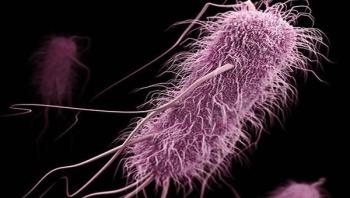
Antibiotic resistance is poised to spread globally among bacteria frequently implicated in respiratory and urinary infections in hospital settings, according to new research at Washington University School of Medicine in St. Louis. The study shows that two genes that confer resistance against a particularly strong class of antibiotics can be shared easily among a family of bacteria responsible for a significant portion of healthcare-associated infections.




A Singapore led study has shown that hepatitis B virus (HBV) exposure increases the immune system maturation of infants, which may give a better survival advantage to counteract bacterial infection during early life. These findings radically modify the way that HBV vertical infection of neonates (mother-to-child) is portrayed, and present a paradigm shift in the approach to treatment of patients with chronic hepatitis B.


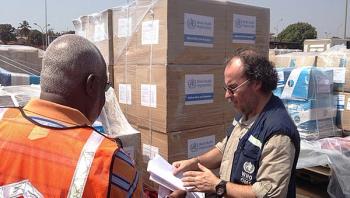
A logistician with 25 years of experience, Jose Rovira-Vilaplana has supported all types of outbreaks and emergency responses, from Marburg fever and Ebola virus outbreaks, to deploying to Mexico before and during the H1N1 pandemic. He was in the first WHO response team to arrive in Guinea in March 2014, when Ebola Zaire was identified there. Logisticians are the “doers” – the ones who make sure that everything is in place so that a response can take hold. Their work requires everything from overseeing construction of treatment center, to taking swabs from cadavers for laboratory testing, to garnering support for necessary outbreak activities.


A new study shows the durability of a novel 'disseminating' cytomegalovirus (CMV)-based Ebola virus (Zaire ebola virus; EBOV) vaccine strategy that may eventually have the potential to reduce ebolavirus infection in wild African ape species. The multi-institutional study is led by Dr. Michael Jarvis at Plymouth University, and was published March 25, 2015 in Vaccine.




Researchers at Oregon State University have discovered a group of genes in one species of snail that provide a natural resistance to the flatworm parasite that causes schistosomiasis, and opens the door to possible new drugs or ways to break the transmission cycle of this debilitating disease.


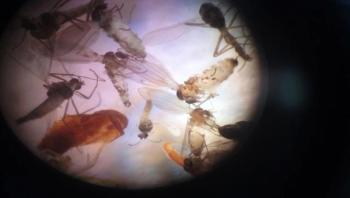
How many researchers does it take to change a light bulb? And how many lives could they save by changing it? The answer to both questions is more people than you might expect. In the developing world, light bulbs might as well be insect magnets. The light they emit – particularly the blue wavelengths of LED lights – is attractive to a range of insects, drawing them out from the night and straight to people's homes. Many insect species are attracted to light, which means that the type of bulb you use can actually increase the risk of catching vector-borne diseases.
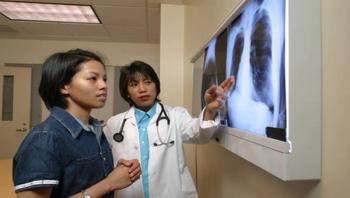
Each year, World TB Day is observed on March 24. This year CDC selected the theme "Find TB. Treat TB. Working together to eliminate TB." Tuberculosis is still a life-threatening problem in this country, with much work needed to eliminate this devastating disease. Anyone can get TB, but thanks to public health TB control programs in this country, essential services are being provided to prevent, detect, and treat TB. In fact, in the United States, the number of TB cases reported every year is continuing to decline, thanks in large part to the efforts of frontline staff at state and local TB control programs.
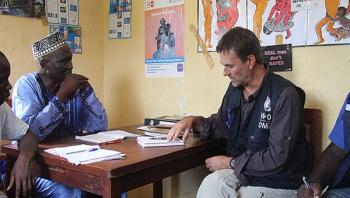
Dr. Stéphane Hugonnet, team lead for gobal capacities, alert and responses for the World Health Organization (WHO), was one of the first WHO experts sent to Guinea to investigate cases of Ebola reported in late March 2014. A medical doctor who has spent the past 20 years working for WHO, MSF and others, managing outbreaks ranging from cholera, measles and yellow fever, to Lassa, Ebola and meningitis, Hugonnet found a very different sort of outbreak when he arrived in Guinea.





